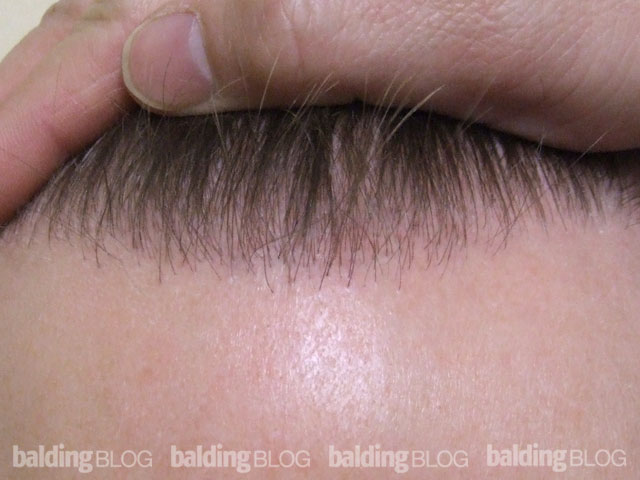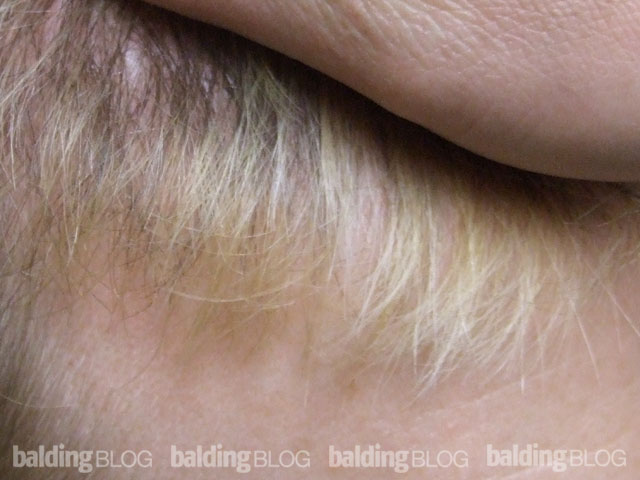Dr. Rassman:
You recently responded on 1-9-06 on this website to a male that had some questions regarding the possibility of taking a jacuzzi soon after having a hair transplant. He had then undergone hyperbaric therapy and succesively (evidently) underwent hyperbaric therapy. You asked him to respond as to whether or not the hyperbaric therapy allowed him to possibly avoid the approx 60 days hair loss that typically follows such surgeries.I recently underwent a 2 day megasession of 3800 grfts. I had 3 small hair transplants 10, 9 & 7 years ago (Only 300, 300 & 400 grafts then). The right side donor incision was very tight and when the stiches were removed – huge opening 1″ x 2″ now. Hyperbaric Candidate?

The posting you’ve referenced can be found here: Can I Go in a Hot Tub Days After a Hair Transplant?
One of the challenges of megasessions (you had 3800 grafts) is to harvest large numbers of grafts safely. The physicians must make judgments with regard to balancing an aggressive approach to harvesting hair and complications (safety issues) that will put you at an increasing risk. This is actually true for any harvesting process of almost any number of grafts (even small sessions), but it is particularly the case with megasessions. In your case, it is not a long stretch to assume that this delicate balance was tipped such that a tight scalp produced a wound problem because, in hindsight, the harvested strip may have been too aggressively pursued.
The tight scalp and the wound problems that occur as a result, are what has brought a focus on donor wound scarring. In people who have had three transplant sessions (as you did) tighter scalps are often present. Most of the time, the desire of the surgeon/patient to get large enough quantities of hair to cover areas of high demand (recipient area), has been the cause of the scarring problems. The actions and techniques used by the surgeon may compound this problem. The amount of hair (scalp) that is safe to move, depends upon the ‘looseness’ of the scalp, the density of the hair in the proposed strip of scalp that is removed, and the amount of scalp that is actually removed. The more scalp that is removed (in the patient with a tighter scalp), the greater the risks, such as what happened to you. When wound problems exist, they start off with unusual prolonged pain along the wound edge and develop a pink, purple, or dark color of the skin (indicating possible vascular problems to the skin). The darker the color, the worse the risk and the worst short term risk (that of gangrene of the skin). The long term risk is of hair loss extending back from the wound for a distance of one – two inches above and below the tight parts of the wound occurs not infrequently when a wound is too tight. What will happen to you will be determined by the degree of blood supply compromise brought on by the tightness. If these problems are only mild, hair loss often follows. The hair will generally, but not always, return in 4-6 months (along with the timing of the growth of the transplants in the recipient area). You will know the full impact within approximately 6-8 weeks, but the risks of gangrene should have been passed in a week or two. Patience is a virtue here and a good communication with your doctor is critically important to deal with any and all of your concerns. Ask your doctor about hyperbaric oxygen as well.
To avoid this problem, the experience of the doctor is important (especially when it comes to safety in these megasessions). Decisions made at the time of surgery are many. Sometimes I get a feeling from patients that hair transplantation is all about price so discount shopping is very common. But is a megasession in the hands of a very experienced doctor equal to the same in a doctor with much less experience? That is the question! The answer is clearly that doctors are not equal, even if prices are.
Now to get to your question: I have no experience with hyperbaric oxygen in situations like yours. Theoritically, it might help, but timing may be everything and delays in administering this therapy along with frequency will certainly work to your disadvantage if this modality was to work at all.


 The keys to patient satisfaction are: good communication, setting expectations with reality, and proper patient education to show where that reality is. I was disturbed by your doctors comment, to “not tell him how to do his job,” for that implies that he may have fallen short of the three critical issues I just mentioned.
The keys to patient satisfaction are: good communication, setting expectations with reality, and proper patient education to show where that reality is. I was disturbed by your doctors comment, to “not tell him how to do his job,” for that implies that he may have fallen short of the three critical issues I just mentioned. 

